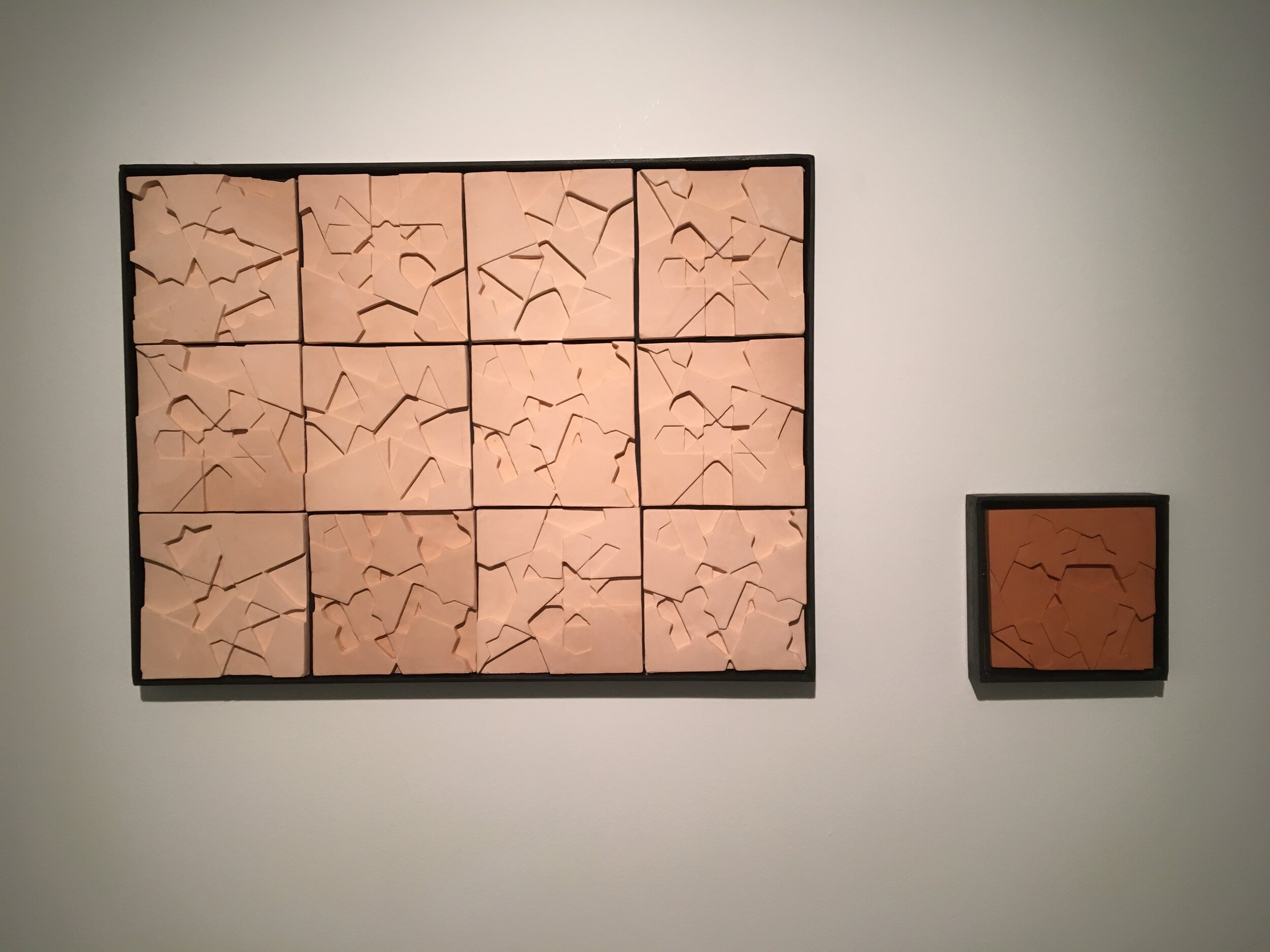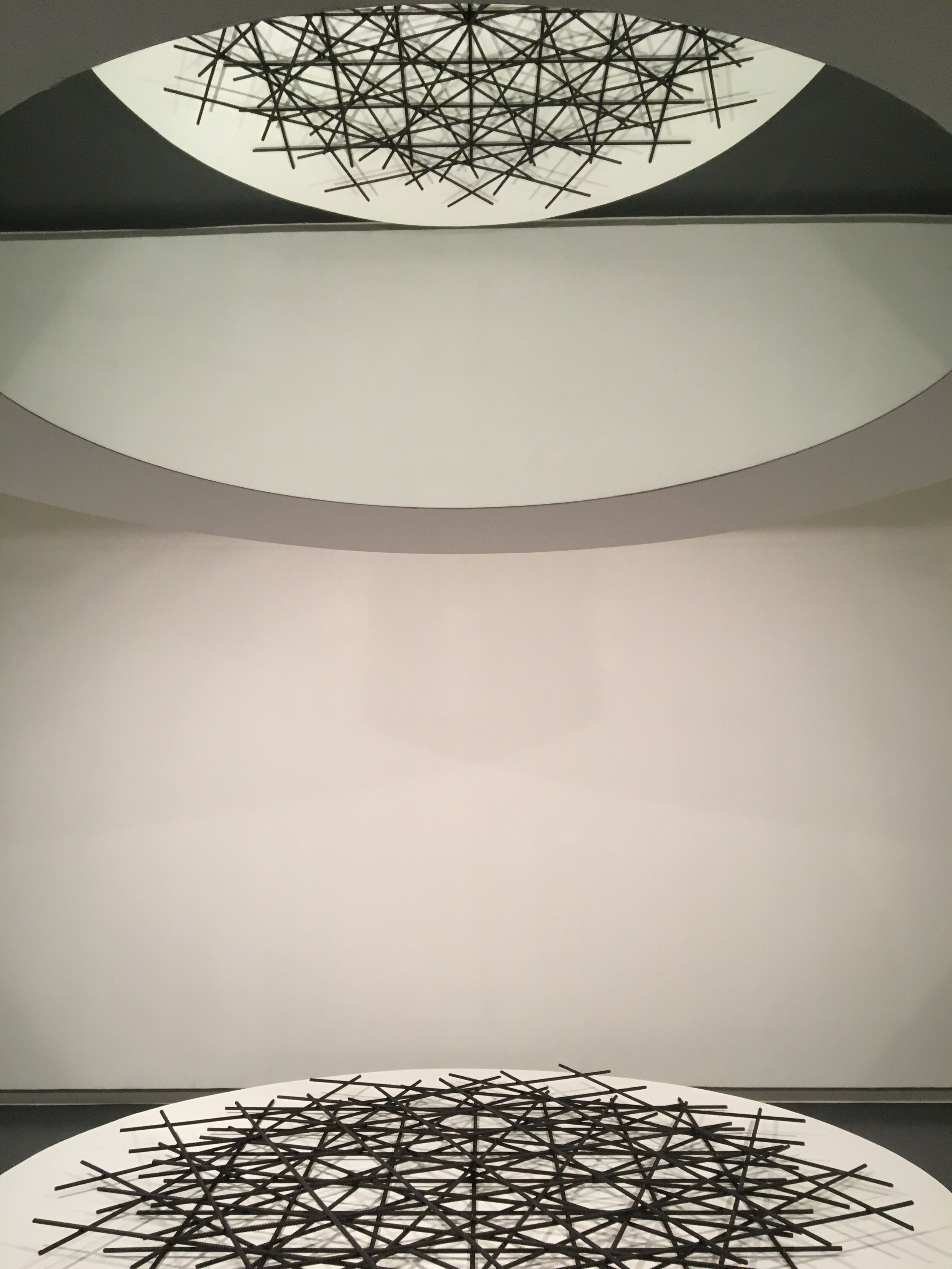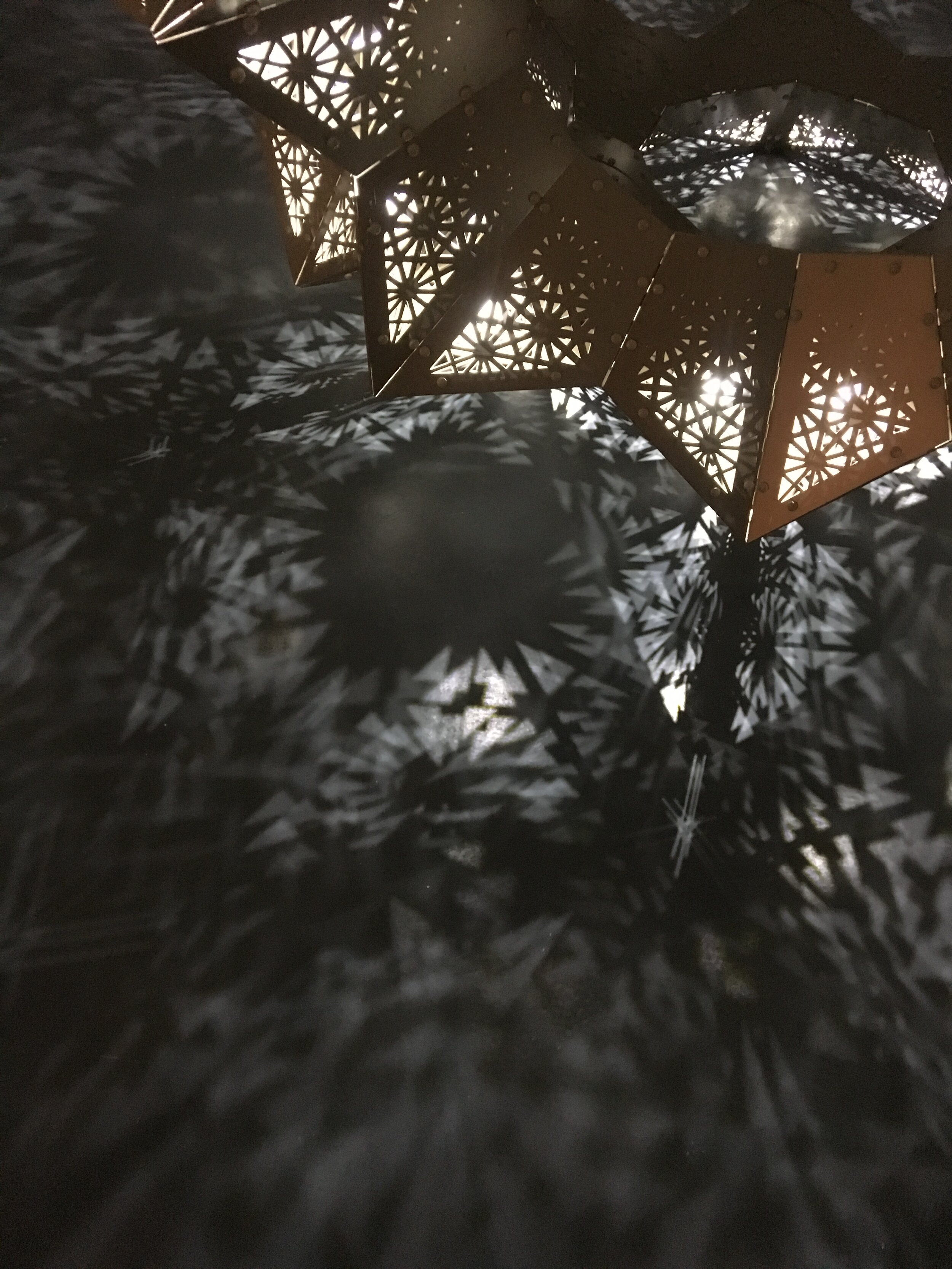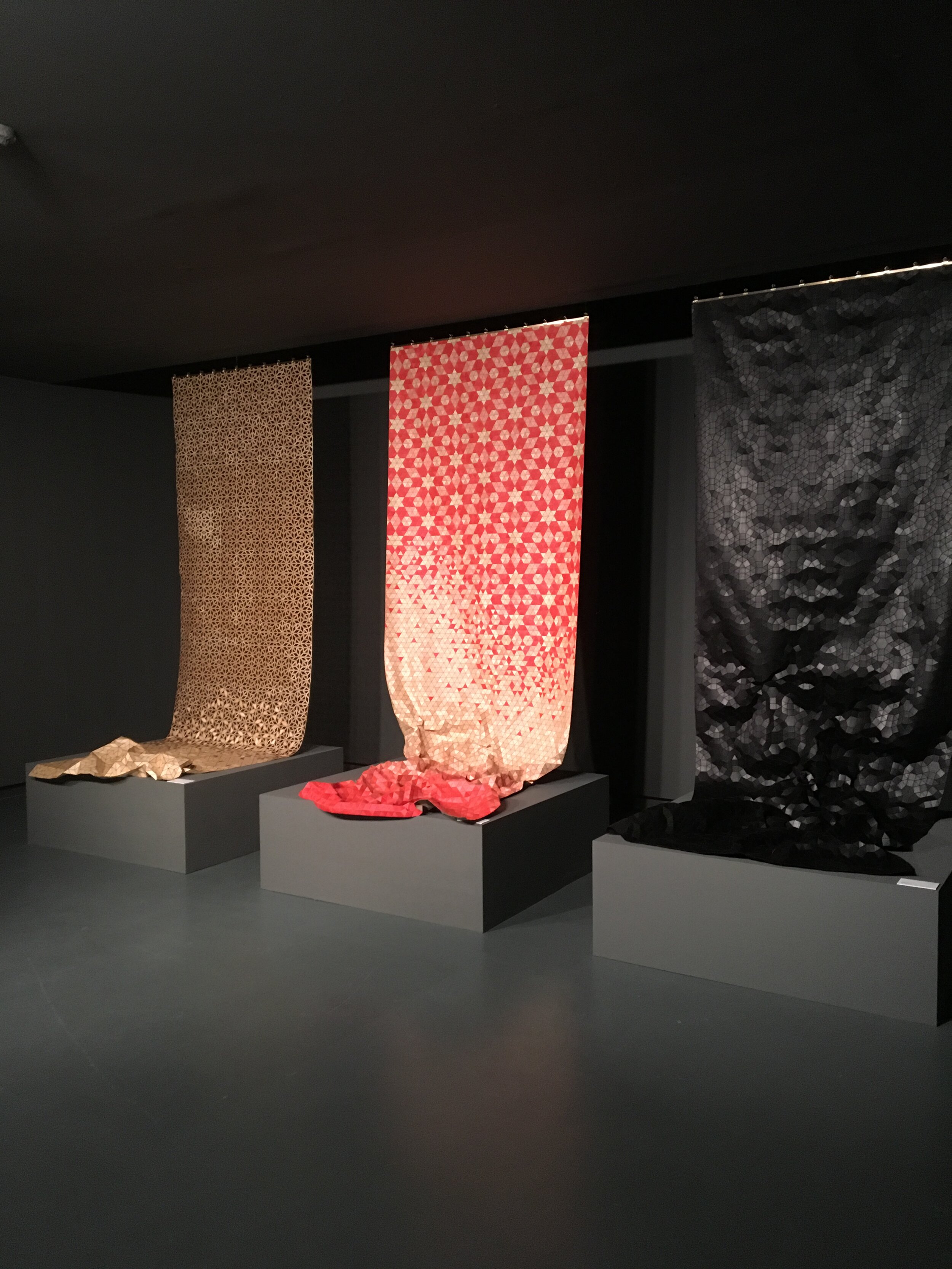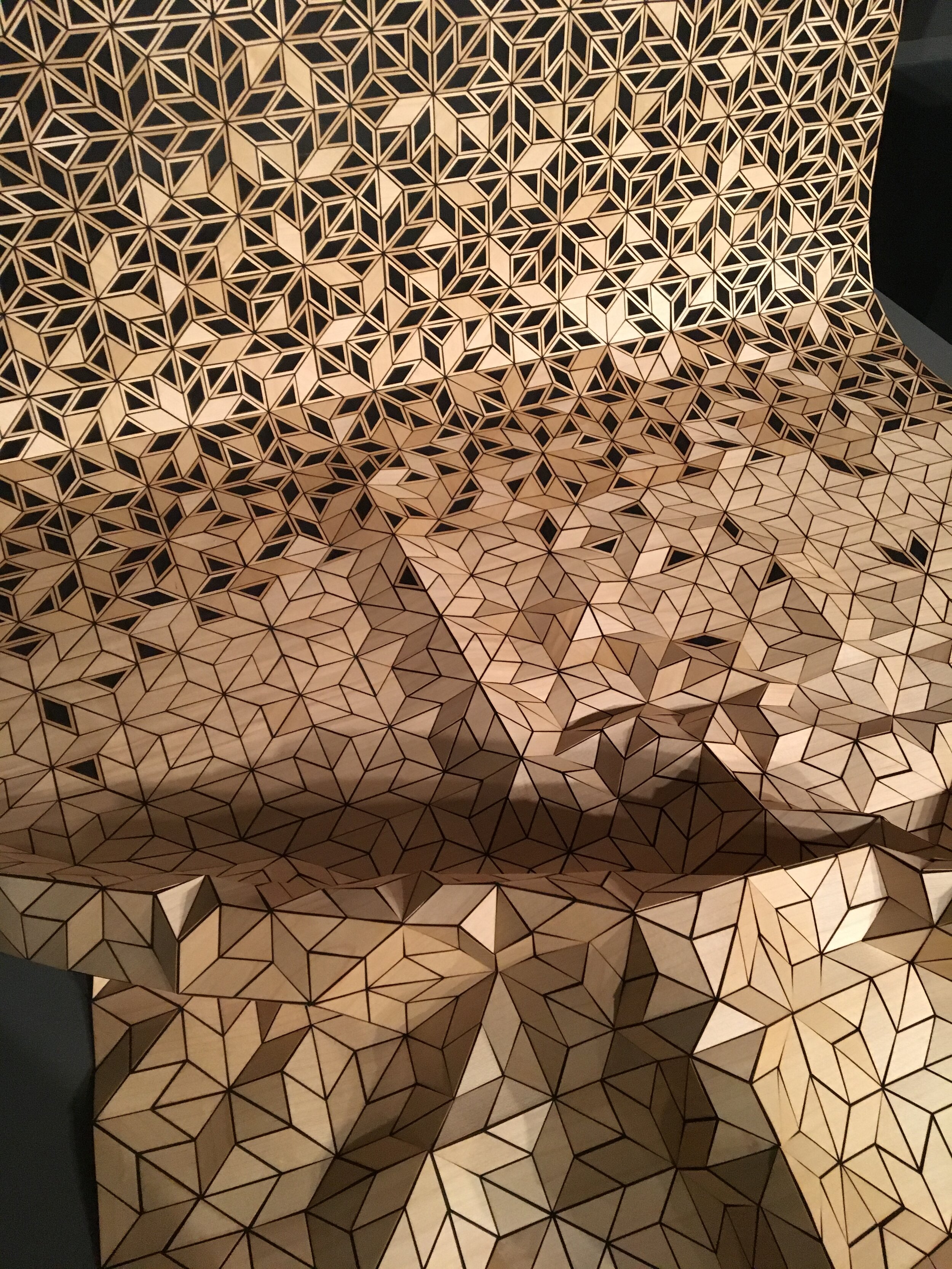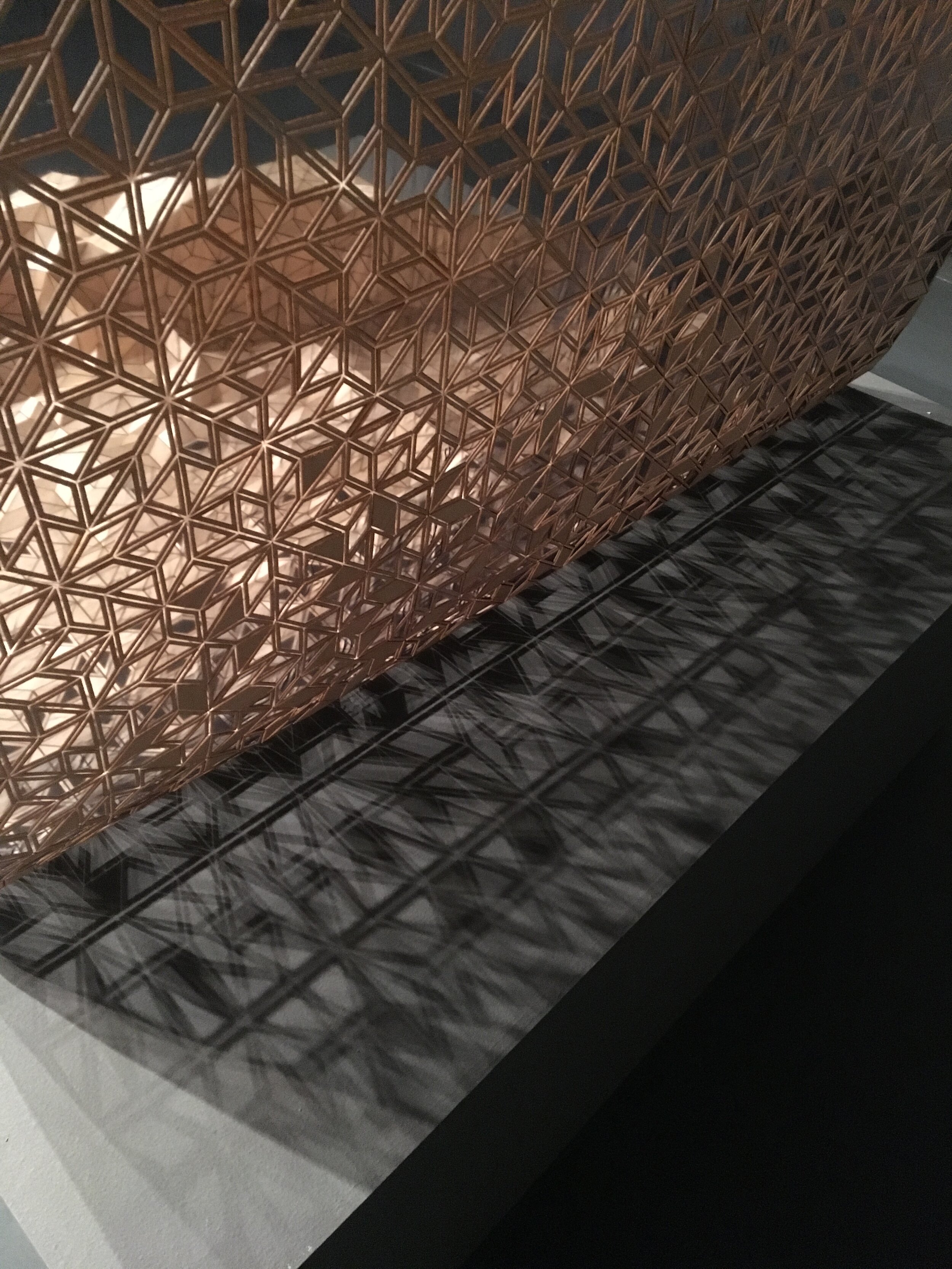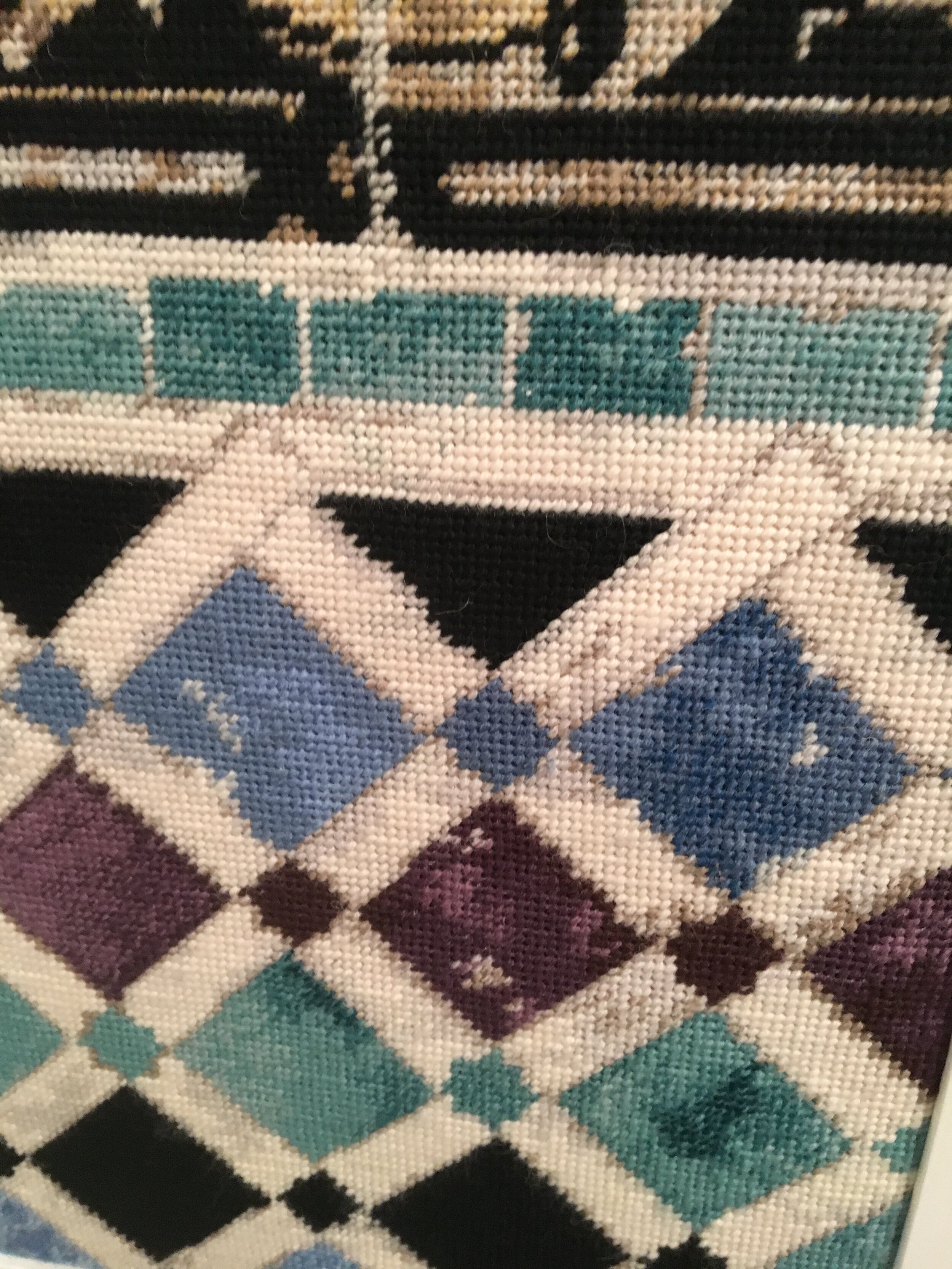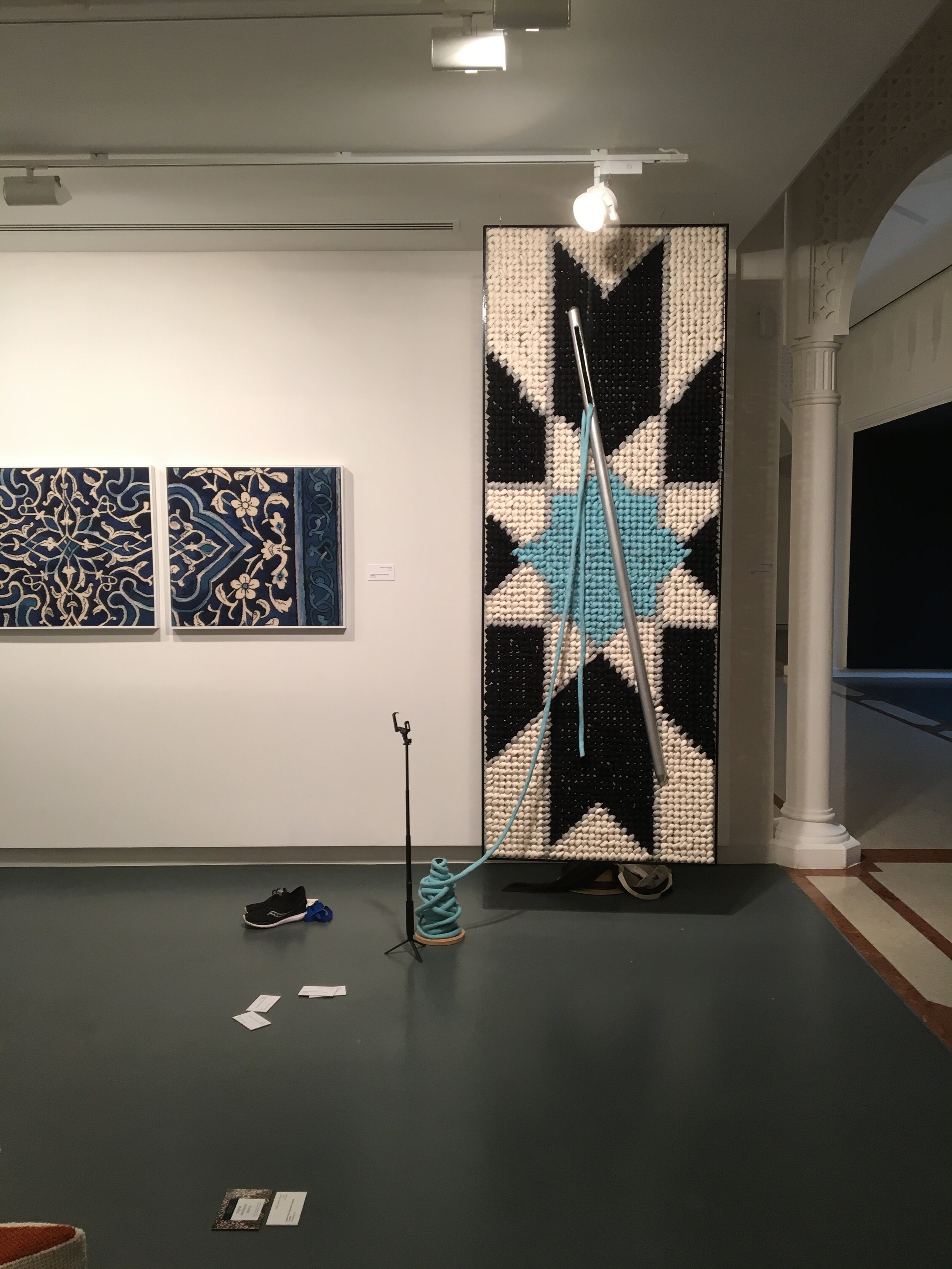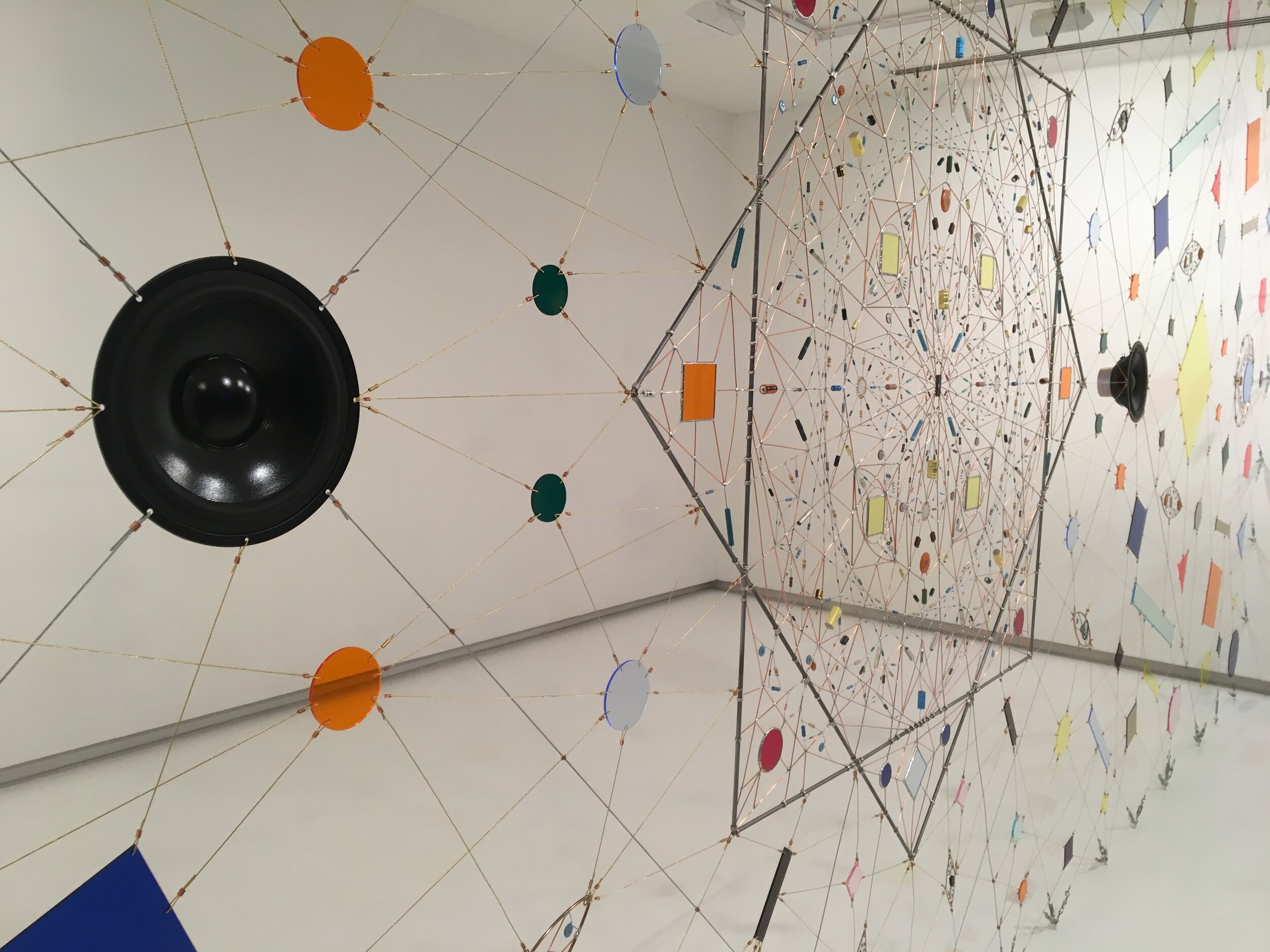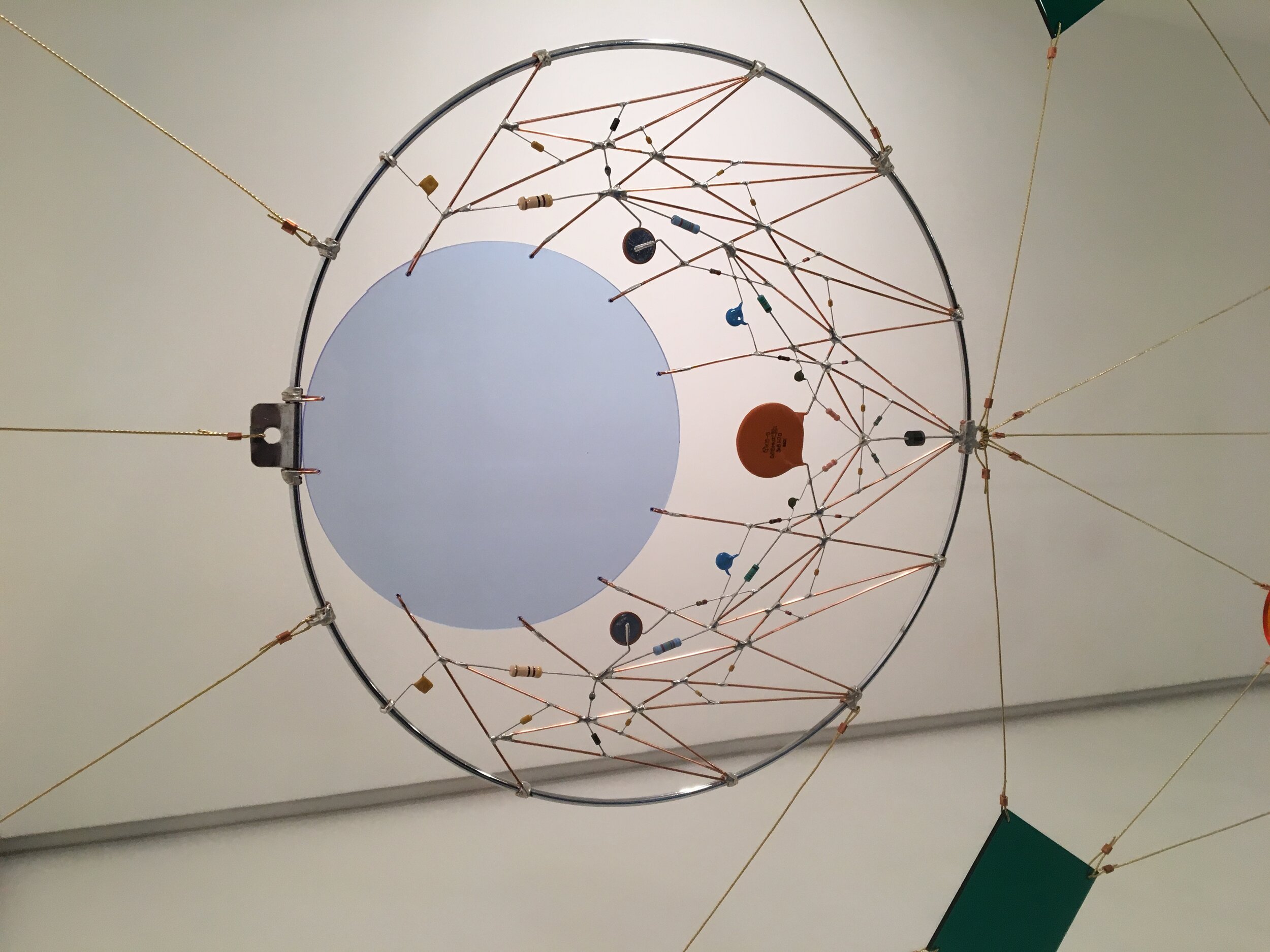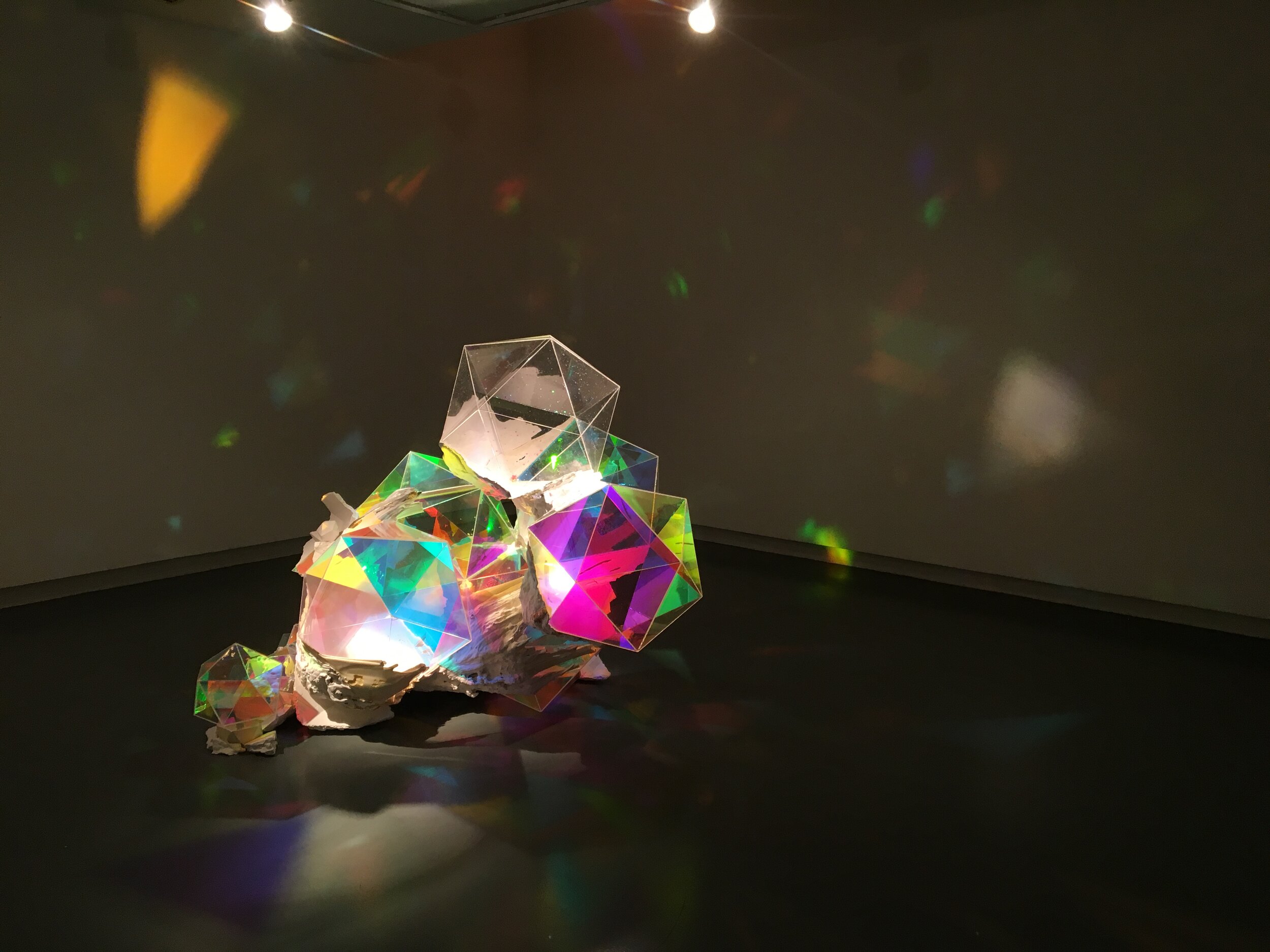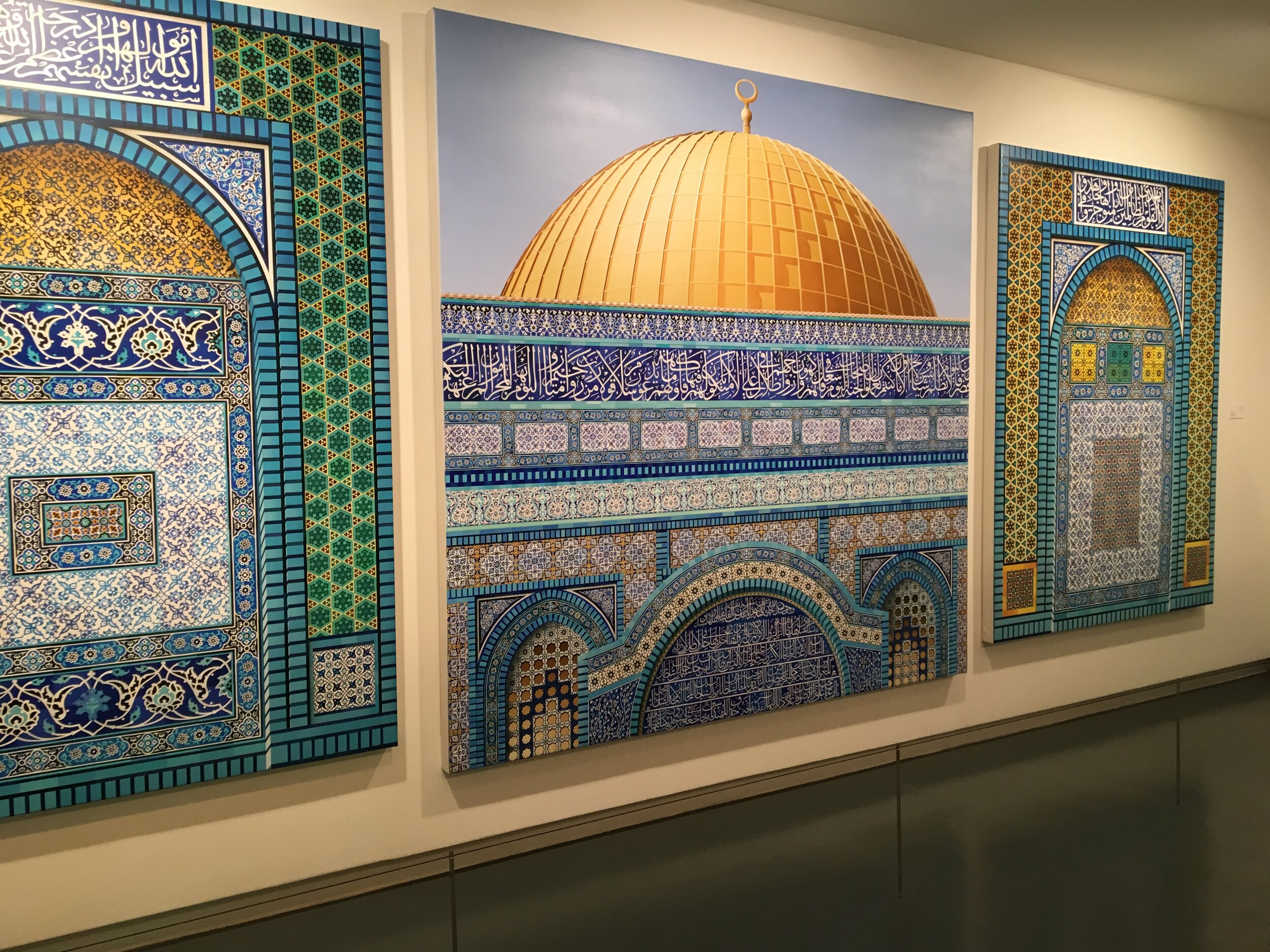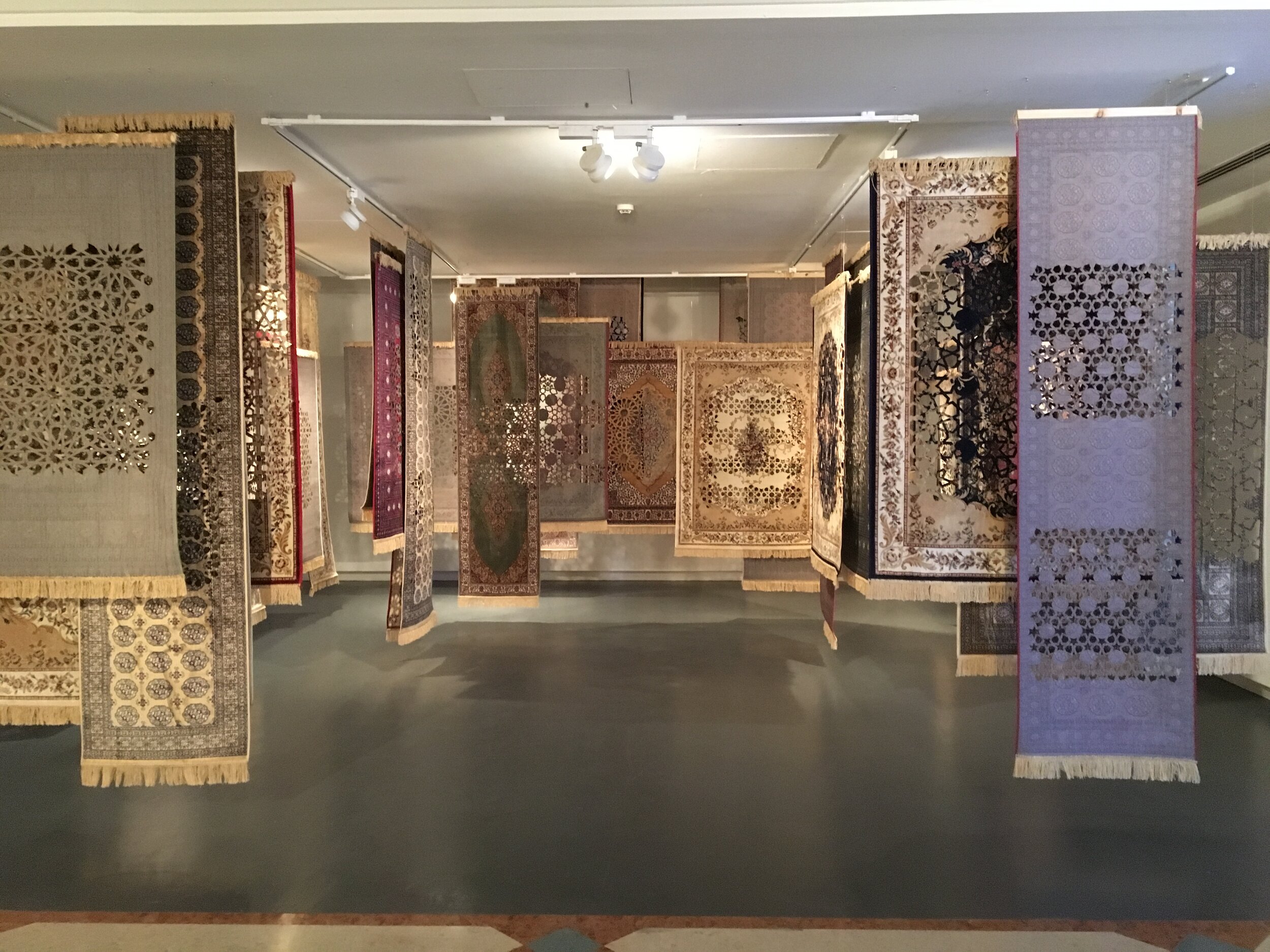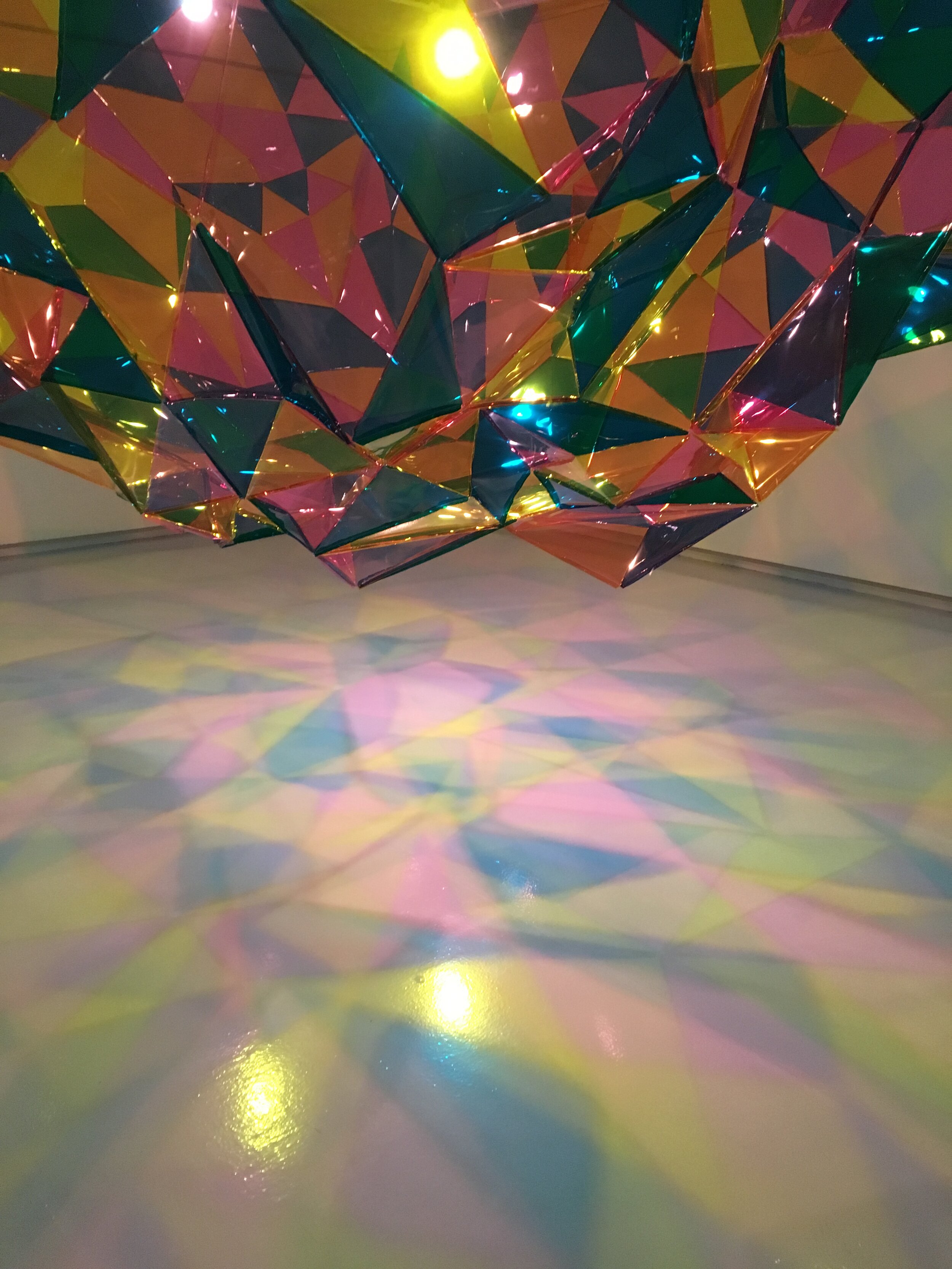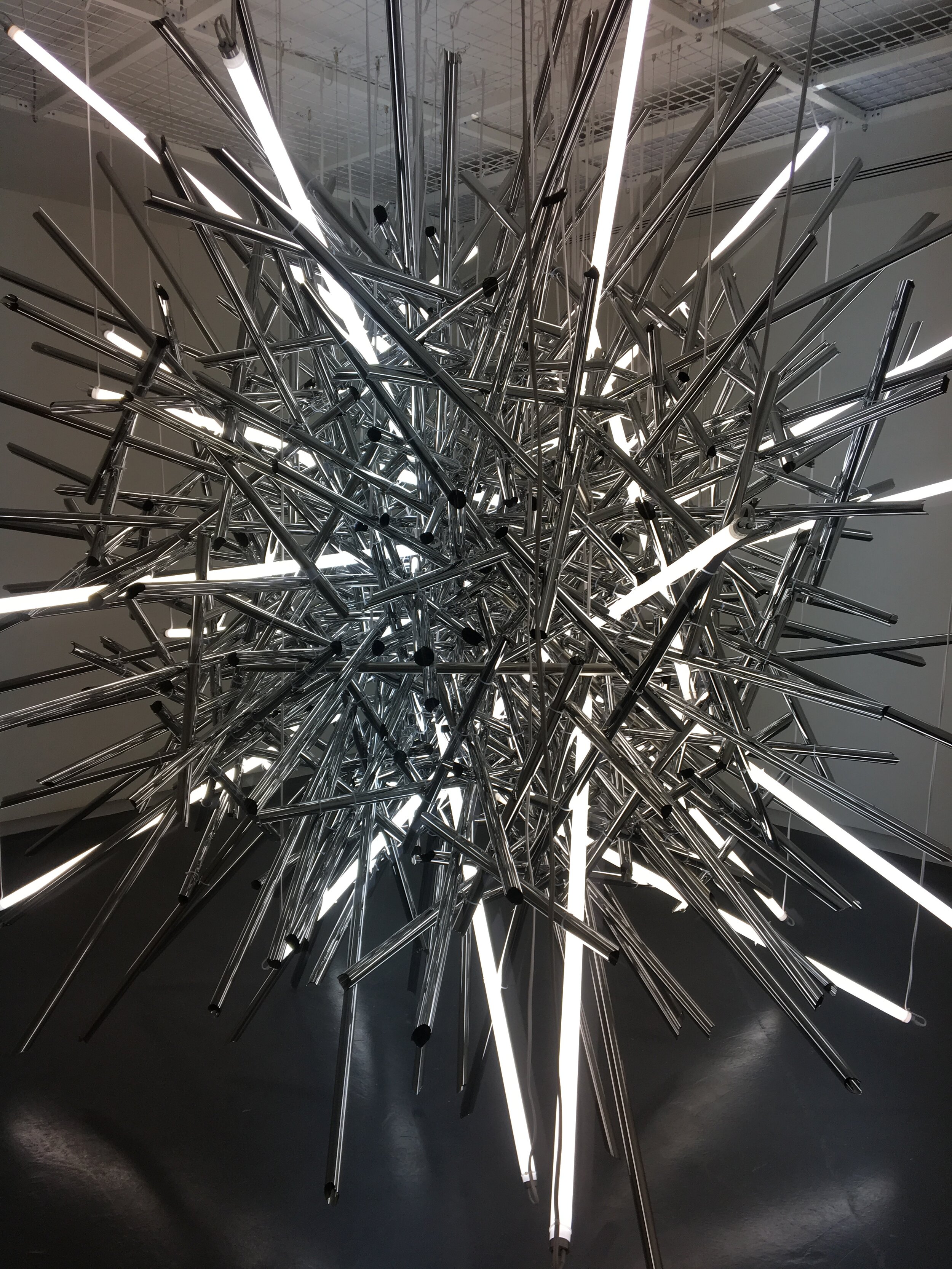Looking at contemporary artists and the commentary that is made on or about their work. Looking at online resources and issues to consider, review some formal sites for future research.Thomas Schutte Thomas Schutte (b. 1954) - Gerhard Richter was tutor and due to Richters accomplishments in paint, Schutte opted for sculpture as he couldn't say any more (compete?). manipulates scale and materials - googling images means that sometimes names, materials, context, scale etc are lost. search engines will also find 'related' images, people that are influenced by, shown in similar places etc.Thomas Schutte Big Buildings, Models and Views. Bundeskunsthalle, Bonn, Germany, 23 July 2010 - Private view with Adrian Searle, art critic for the Guardian, recording of his visit to the exhibition.

huge white room with high ceiling - Model for Hotel - 4th plinth, more successful in gallery rather than on the plinth. modernistic rather than modernist - Ferienhaus fur Terroristen 2007 - chipboard and scrim - colours, you can dimly perceive the outside space, window without being windows. Searle sounds creepy at this point, uncomfortable. The identification of race is unnecessary, the 'angels' that dangle from the ceiling, birds, etc - adds a lot of personal interpretation - 'stupid heads' - judgmental - 'priests in prada' social commentary on work that sways your interpretation of the work, dependant on how you perceives Searles opinions. uses deprecative language, silly, stupid, strange' etc. comparing the works to mundane imagery that could be seen as derogatory. Big Buildings 1989 -
buildings whose purpose you'll never understand - is that the point or Searles opinion? feeling like storage - questions on architecture, massively bias commentary. He talks about the space being magnificent, but not the works....philosophising questions - whats real? the claims Schutte is free, and free to do what he likes, but with sadness and joyousness and finally says its magnificent.Angela's encounter with Schuttes website and the watercolours he produces.
Model for a Hotel, 4th Plinth, Trafalgar Square - nov 2007 - may 2009Ossian Ward - time out - the sculpture failed to surprise - looks no better than the proposal model that had been shown beforehand. all art is a form of proposition, a proposal of a proposal. Mocks monumentally
Richard Dormant - telegraph - Model for hotel, an abstract assemblage of acrylic and galls that looks like it will blow away in a breeze but weighs 4 tons. favours monumentally - light changes the visual experience of the work, each view is complete but also not satisfactory, each is different. its complicated, not possible to adequately describe such a purely visual experience. an invitation, a proposition, to view and create an individual experience - how my work at Mind the gap was, dependant on lighting the viewer would get a different experience.
Kiki SmithKiki Smith (b. 1954) - A curator, a gallery and an art journalFather was sculpture - Tony SmithDifferent perspective so on work.Elizabeth brown, writing as a curator in 1994 - one of the most influential artists of her generation, makes sculpture of and about the body in materials as diverse as bronze, paper and wax..... overly descriptive, positive spin. doesn't offer meaning, or too much context. From a promotions point of view, she wants an audience for the artist in the museums so will write a wide and overseeing type of text with mass appeal rather than being specific and possibly closing audiences out.
Brown, E. (1995) Kiki Smith: sojourn in Santa Barbara. Santa Barbara. University Art Museum, University of California.
Mary Ryan gallery website, biography - post - 2001,: classifying Smith as a feminist artist. work is imbued with political significance and undermines traditional erotic representation of women artists by males, and uses metaphor for hidden social issues. Descriptive of the visual aspects of the work, but then goes on to list issues that she has actively debated such as race, gender, aids and domestic violence. Is this evolution of the artist or simply a different type of writing? Being for a gallery website it is for a specific audience, also possibly a commercial audience, investors and collectors if the work is for sale or to generate interest in future works for sale. Collectors tend to have style and subject matter that they support and will be specific in their ideals of artists and contexts of work which allows galleries to be very explicit in the details of artists they represent.
Christine Kuan - interview with artist. Reference library, post 2008. collaboration, and public art. paper as material, paper as sculpture, craft, women artist, the body, influence of asian artist etc. Guided by questions from interviewer but gives more balanced view of the artists work.
Is it possible to get a fixed picture in artists work? The aspects of bio coming in for inform an artists work.
Biography as Art PracticeLouise BourgeoisBiography is her work -Maman, installed outside Tate in 2007room installations - intense and threatening atmosphere, related to her experience of childhood and family histories. drawings are retrospective journal of life as woman and mother.unattributed obituary - nice in tone, biographic - discusses her career, path to 'success' as an artist
Richard Dorment - equipped with intimate knowledge of her life story - the symbolism is easy to understand and is indexible. Academic like to utilise her work for interpretations, becoming a celebrity for what she said about her work than any aesthetic quality of emotional truth it had. Will it last once she is no longer around to discuss it? - suggests she invented 'confessional' art, and that it means little without her personal history to explain it. She has controlled this
Siri Hustvedt (earlier piece) - her story is so embedded in the work that it 'seduces' critics into biographical or psychoanalytical readings - its happened naturally. The object and the narrative are inseparable, and that the issue, its purely biographical and doesn't make statements to wider more relatable contexts.
Contrasting example of autobiographical work outside the gallery:Bobby BakerPerformance artist Bobby Baker (b.1953) - domestic life, cooking, motherhood and the conflict of work, and work as an artist. Comedic, uses food in her performances, uniform for performance, utensils as props. Works in public, with public - John Lewis and Battersea dogs home.1993 - Kitchen show, - routine tasks of kitchen work. contemplation of tasks on a small scale provokes questions both personal and political - she believes domestic relationships influence world affairs - how we treat each other are symbolic of international relations etc. Mental illness led to time away from performance and she documented the diary in drawings - viewable on the Wellcome Trust website.
Turner Prize2010 - Susan Philips - Lowlands - sound piece. Is the Turner prize still cutting edge? Dorment is dismissive - and quite rude!
Jones and Searle are complimentary - link between the political orientations of the broad sheets and the responses of the art critics.
2006 - Tomma Abts - Turner prize - Stuckists protest -
Interview of artist - no research, starts with nothing, just paint on canvas - form in mind and builds layers, image and object, illusion and being a real thing - an installation of paintings. Paradox, open but finished. Shows a state of mind.Stuckists - 'Tomma Abts paints silly little diagrams that make 1950's wallpaper look profound in comparison' - Ouch! There are thousands of artist that have something relevant to say. They also revealed conflict of interest at Tate.They are painters - believe it should be figurative, artists that don't paint are not artists and art that has to be in a gallery is not art. Success is to get out of bed and paint.Andrew Marr on the Stuckists - agrees with some points of the Stuckist manifesto - funding and support from 'big money' etc, and the access to education in the arts.
Resourceslist of resources: Online resources - UCA online library - gives access to other online library and catalogues for other libraries and museums.Also look at local universities libraries- American university of Sharjah, American University of Dubai, NYUAD - Tashkeel's small library, Barjeel/Maraya centre library, ad Dubai public libraries - project space Art Jamel - Art Dubai etc. enquire about accessOnline Archives:
Online resources - UCA online library - gives access to other online library and catalogues for other libraries and museums.Also look at local universities libraries- American university of Sharjah, American University of Dubai, NYUAD - Tashkeel's small library, Barjeel/Maraya centre library, ad Dubai public libraries - project space Art Jamel - Art Dubai etc. enquire about accessOnline Archives:  Art Journals online:
Art Journals online: Academic Journals:
Academic Journals: JiscmailOnline Seminars and talks:
JiscmailOnline Seminars and talks: Conferences - arts focus
Conferences - arts focus
Something to think about...
In what way do artists' biographies inform or detract from the viewers experience of the work?
What are the implications Ward's assertion that, 'That all art is a form of proposition and anything's possible.'?
If you could only read or hear one view on an exhibition would you chose to hear the artist's view or that of a critic or reviewer and why?
REMEMBER TO READ WIDELY AND MAINTAIN A HEALTHY SCEPTICISM.
Links to the recent reading group tasks on biographic lead art and the death of the author by Barthes, that the work will exisit regardless of the creator, the work creater the author not the other way rounf, they auther does not exisit if the work does not exist, the work birth the auther.http://maraya.ae/index.php?r=exhibitions/view&id=65http://maraya.ae/index.php?r=site/page&id=10


























 Next on the list of winter break activities was to clean and organise my at home studio space. (it no longer looks like this, but it was nice while the tidiness lasted!
Next on the list of winter break activities was to clean and organise my at home studio space. (it no longer looks like this, but it was nice while the tidiness lasted!
 We had a winter concert at school, it's my daughters first year at nursery so lots of milestones, I know we have lots more winter concerts to come. We both felt the need to dress in the appropriate colours.
We had a winter concert at school, it's my daughters first year at nursery so lots of milestones, I know we have lots more winter concerts to come. We both felt the need to dress in the appropriate colours.
 The day after this Maraya Art Centre in Sharjah had a private view of the Timo Nasseri show, curated by Laura Metzler. Hi work is meticulous and beautiful, a display of patience and time.
The day after this Maraya Art Centre in Sharjah had a private view of the Timo Nasseri show, curated by Laura Metzler. Hi work is meticulous and beautiful, a display of patience and time. The work above is the artists, as is the square crop below, the 'flower' pattern is my patterning of the cropped image.
The work above is the artists, as is the square crop below, the 'flower' pattern is my patterning of the cropped image.
 The exhibition included a room sized installation of mirror pieces laid out in a repeating geometric pattern. I was reflected in the work, the theme that reoccured in the other exhibitions I viewed, it felt poignant to actually see myself in the work I could relate to, finding comfort in the methodological and repeating works.
The exhibition included a room sized installation of mirror pieces laid out in a repeating geometric pattern. I was reflected in the work, the theme that reoccured in the other exhibitions I viewed, it felt poignant to actually see myself in the work I could relate to, finding comfort in the methodological and repeating works.

 On the same day, after a coffee with artist friends and w wander around the souq, I broke off from them and viewed part of the Hassan Sharif Retrospective by the Sharjah Art Foundation in their Bait Al Serkal location. Time was running out to complete the school pick up so it was a short visit. I loved that most of these pieces had sketches accompanying them, showing how they were to be installed in to the spaces... these exact spaces as the artist had planned a show before his death.
On the same day, after a coffee with artist friends and w wander around the souq, I broke off from them and viewed part of the Hassan Sharif Retrospective by the Sharjah Art Foundation in their Bait Al Serkal location. Time was running out to complete the school pick up so it was a short visit. I loved that most of these pieces had sketches accompanying them, showing how they were to be installed in to the spaces... these exact spaces as the artist had planned a show before his death.
 I managed another trip to Sharjah the following week, which is unheard of for me, Sharjah has notorious traffic. The day was gloriously gloomy and moody, it rained while I was there and I absolutely loved it. On average we get around 3 days of rain a year, although that seems to be growing with the cloud seeding taking place, but thats another story. Hassan Sharifs Retrospective is monumental, taking on 6 gallery spaces in Sharjah Art Foundation as well as the Bait Al Serkal space. The pattern I created from the crop of one of Sharif's pieces is incredible, I plan to make this. My husband is an expert in knots and my fibre/weaving background should make this accomplishable.
I managed another trip to Sharjah the following week, which is unheard of for me, Sharjah has notorious traffic. The day was gloriously gloomy and moody, it rained while I was there and I absolutely loved it. On average we get around 3 days of rain a year, although that seems to be growing with the cloud seeding taking place, but thats another story. Hassan Sharifs Retrospective is monumental, taking on 6 gallery spaces in Sharjah Art Foundation as well as the Bait Al Serkal space. The pattern I created from the crop of one of Sharif's pieces is incredible, I plan to make this. My husband is an expert in knots and my fibre/weaving background should make this accomplishable.
 From the Hassan Sharif Retrospective I moved on to Sharjah Art Museum to view the Sharjah Islamic Arts Festival, a lot of the artists were on site so it was nice to meet them and have a chat.
From the Hassan Sharif Retrospective I moved on to Sharjah Art Museum to view the Sharjah Islamic Arts Festival, a lot of the artists were on site so it was nice to meet them and have a chat.
 I spoke at length to the lovely Natalie Fisher (Artweave Originals) about her half cross stitch pieces, the labour intensive nature of textile art, and the hours that were displayed on the walls.
I spoke at length to the lovely Natalie Fisher (Artweave Originals) about her half cross stitch pieces, the labour intensive nature of textile art, and the hours that were displayed on the walls.
 While catching up with a friend for lunch it rained, for a moment it felt like a european climate. I actually had an excuse to wear my boots and a hat!
While catching up with a friend for lunch it rained, for a moment it felt like a european climate. I actually had an excuse to wear my boots and a hat!
 We went back to sunshine the next day. The new neighbour we now live in has a totally different colour to the built up marina, it much warmer and less grey. There seems to be more tonal contrasts with the sky, but a lot more harmony between the dwellings. This is my neighbours house taken from the steps to my front door.
We went back to sunshine the next day. The new neighbour we now live in has a totally different colour to the built up marina, it much warmer and less grey. There seems to be more tonal contrasts with the sky, but a lot more harmony between the dwellings. This is my neighbours house taken from the steps to my front door.
 The chilly nights mean that we have an excuse to use the fire pit, my husband knows my love of pattern and found one with these hole punched sides.
The chilly nights mean that we have an excuse to use the fire pit, my husband knows my love of pattern and found one with these hole punched sides.
 On christmas eve we made an exciting trip to the snow... indoor as Ski Dubai. Father Christmas/Santa (depending on your preference) was in residence. This year they had made a gorgeous winter wonderland with so many lights and christmas trees. It was a little overwhelming... and slippery which is how this image came to be!
On christmas eve we made an exciting trip to the snow... indoor as Ski Dubai. Father Christmas/Santa (depending on your preference) was in residence. This year they had made a gorgeous winter wonderland with so many lights and christmas trees. It was a little overwhelming... and slippery which is how this image came to be!
 We had a quiet christmas of just the 3 of us at home. This was the first year that our 3yr old really understood the concept of christmas, the stories, the presents etc. It was lovely to see her excitement when she realised Santa had been.
We had a quiet christmas of just the 3 of us at home. This was the first year that our 3yr old really understood the concept of christmas, the stories, the presents etc. It was lovely to see her excitement when she realised Santa had been.
 As soon as Christmas was over I set to work in the back yard and painted our boundary wall. We live on a 4 villa compound and have an L-shaped property that neatly slots on to the back of the bigger houses. The space is great (compared to the tiny balconies we are used to) but it was very 'beige' due to the looming houses we look on to.
As soon as Christmas was over I set to work in the back yard and painted our boundary wall. We live on a 4 villa compound and have an L-shaped property that neatly slots on to the back of the bigger houses. The space is great (compared to the tiny balconies we are used to) but it was very 'beige' due to the looming houses we look on to.
 After finishing the wall on New Year's Eve, we celebrated with the neighbours, watching the light show from Burj Khalifa out the front and then making a made dash to our roof to watch the fireworks of Burj Al Arab.
After finishing the wall on New Year's Eve, we celebrated with the neighbours, watching the light show from Burj Khalifa out the front and then making a made dash to our roof to watch the fireworks of Burj Al Arab.
 School runs began almost immediately as my daughter wanted to be a part of the winter camp they provided. Winter mornings here have beautiful cloud formations to collect.
School runs began almost immediately as my daughter wanted to be a part of the winter camp they provided. Winter mornings here have beautiful cloud formations to collect.
 Later on in the break I chose unleash my inner Flâneuse
Later on in the break I chose unleash my inner Flâneuse 
 Unfortunately the winter break came to an end with some slightly uncomfortable changes to our home life, I'm sure ti will end up being a mere 'blip' in the grand scheme of things. I chose to deal with it how I always to, making patterns and binding books. My sketchbook has been getting overburdened by scraps of paper and photocopies so I began to collate and bind to find some calm in the storm.
Unfortunately the winter break came to an end with some slightly uncomfortable changes to our home life, I'm sure ti will end up being a mere 'blip' in the grand scheme of things. I chose to deal with it how I always to, making patterns and binding books. My sketchbook has been getting overburdened by scraps of paper and photocopies so I began to collate and bind to find some calm in the storm.









 Online resources - UCA online library - gives access to other online library and catalogues for other libraries and museums.Also look at local universities libraries-
Online resources - UCA online library - gives access to other online library and catalogues for other libraries and museums.Also look at local universities libraries-  Art Journals online:
Art Journals online: Academic Journals:
Academic Journals: JiscmailOnline Seminars and talks:
JiscmailOnline Seminars and talks: Conferences - arts focus
Conferences - arts focus
